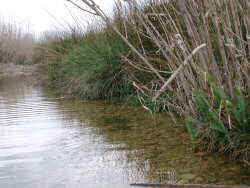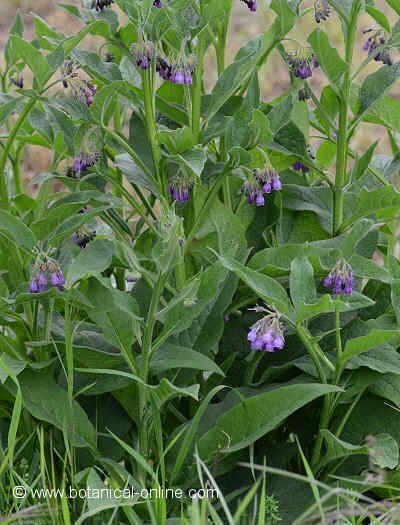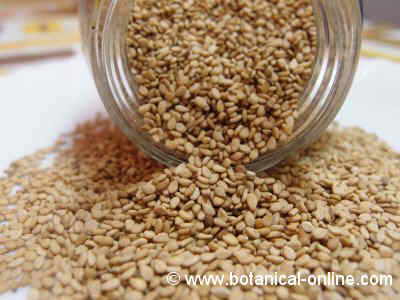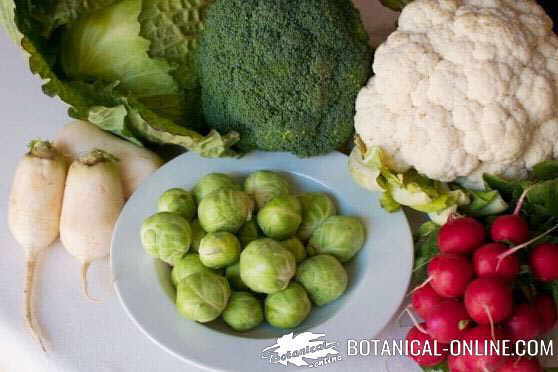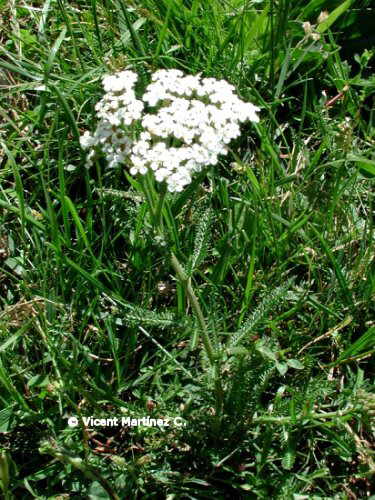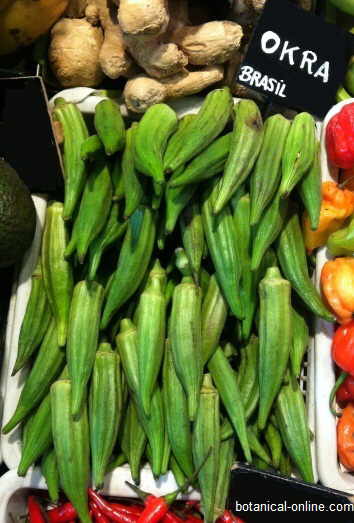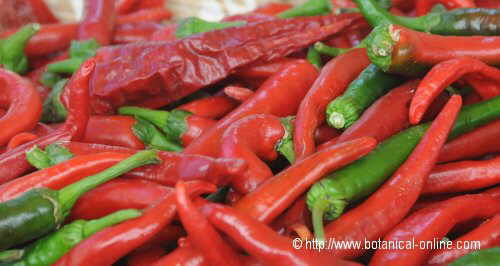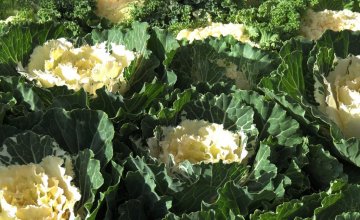What are perennials?
Perennial plants are those plants that live for several seasons. All of them have a series of resources that allow them to survive very easily for years. About this subject, we will talk in this article.
Differences between perennials and evergreen plants
We have to differentiate the concept of perennial plants from the concept of evergreen plants. In this section we study those plants that live more than two seasons (perennials).
We are not referring here to whether the leaves of a particular plant fall from it and are renewed every year (evergreen), or whether they remain on the vegetable for several seasons (deciduous plants).
How to know if a plant is perennial?
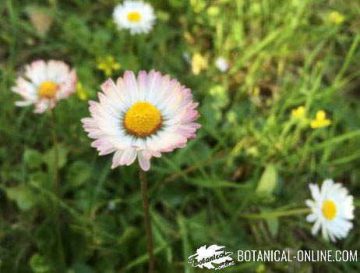
The best way to make sure is to consult a botanical guide, a gardening guide or houseplant guide, a flower guide, on the Internet, etc.
In this type of documentation, a series of characteristics of the specific species will be defined (life cycle, flowering season, physical characteristics, drawing or photography, etc.).
Tricks to identify a perennial
1. Take into account the scientific name of a plant
This can help us. Thus, if a plant is called “perennis”, we know that it is a species that lives more than two seasons, since “perennis” means “perennial” in Latin. (Swertia perennis, Jassione perennials, Lupinus perennis, Bellis perennis, Mercurialis perennis, etc.).
Other times it is in opposition to other adjectives like “annua” or “biennis” that we know that they are not perennial, since these “botanical surnames” mean the opposite. “Annua” refers to annual plants and “biennis” to biennial . (Lathyrus annuus, Adonis annua, Artemisia annua, Bellis annua, Mercurialis annua, Lunaria annua, Helianthus annuus, Oenothera biennis, Artemisia biennis, Crepis biennis, etc.).
Thus, for example, if we can find out what we have the species Bellis annua, we will know that we have before us an annual daisy, while if the features coincide with Bellis perennis we will know that it is the common daisy, which is a perennial plant.
2. The botanical guide will tell us
For example, If we consult on a botanical guide about the daisy we have found in a field, and we want to know if we have a perennial or annual species, we will realize, by means of reading the descriptions on the guide, that the perennial sample has all the leaves arranged in a basal, unbranched rosette, from which a single flower emerges (flower head) that blooms from March to November. The annual species must have stems with some ramifications from which a few leaves are born and no basal rosette. In addition, the latter can present several flowers (flower heads) that are born in spring, between the months of March to June.
Comparing all this data, with the sample we have in front of us, will clarify which one of the two it can be.
There are many field guides: some serve to identify plants, in general, others tell us about certain properties of plants, others focus on the edibility of fruits, etc. Acquiring a local field guide will bring you closer to knowing the natural environment that surrounds you.
Types of perennials
We can classify perennials into the following groups:
Evergreen trees
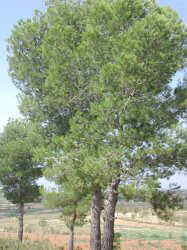
Trees are those plants with a woody stem that are more than five meters high. In this case, the stems are known as trunks, which do not branch until a considerable height from the ground.
All trees, strictly speaking, are perennials. Some lose their leaves when the unfavorable season (deciduous trees) arrives, such as chestnut (Castanea sativa), walnut (Juglans regia) or the fig tree. Others keep them for several seasons carob (Ceratonia siliqua) or pine (evergreen).
Evergreen shrubs
They are those woody stem plants that are between one and five meters high. The branching in this case begins at ground level.
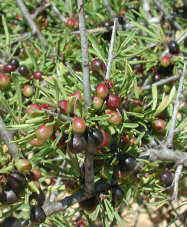
Some shrubs may actually be trees that have not been adequately developed under certain circumstances. This is the case, for example, of oleander (Nerium oleander). Generally it occurs naturally as a shrub that occupies the beds of dry rivers.
Normally it does not reach its potential height because, sooner or later, flooding ends up preventing its normal growth. This same shrub, when grown in places free from natural disasters, can reach the shape and height of a tree.
Evergreen shrubs or bushes
Bushes or shrubs are those plants with a woody stem that are less than a meter high. Known bushes are, for example, rosemary (Rosmarinus officinalis), thyme (Thymus vulgaris) or sage (Salvia officinalis). Shrubs and bushes may also have evergreen and deciduous leaves.
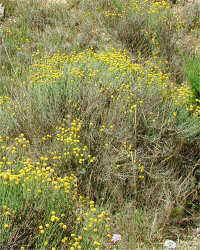
Perennial herbs
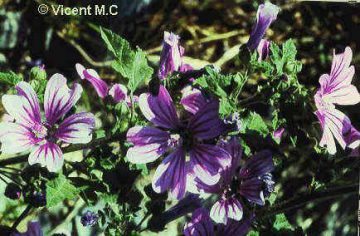
Perennial herbs are those types of herbs that live for several seasons. Unlike the previous three groups, they have not developed hardened structures. Its consistency is soft. They are also known by the name of “vivacious”.
How do perennials manage to survive?
Trees, shrubs and bushes are perennial because they have hardened structures that allow them to resist the conditions of the environment and a very powerful root system that allows them to access soil water more easily.
Likewise, many of these plants have special adaptations to survive more easily. It is what is known as adaptations of plants. Trees, shrubs and bushes are more resistant than the rest of the plants, which they end up displacing.
Adaptations of perennial herbs
Perennial herbs are not as resistant as these vegetables, although they are much more resistant than annual or biennial herbs. Perennial herbs survive through one of the following resources:
- Deeper roots than annual herbs: They therefore have a better chance of getting water.
- Greater adaptation to the environment: Like trees, shrubs and bushes, many of them have special adaptations that make them more resistant than annual grasses. For example, to resist cold or dryness, some have leaves covered with a layer of hair.
- A huge production of seeds: Perennial herbs, like annual or biennial herbs, produce an enormous amount of seeds that guarantees their survival.
Examples of perennials
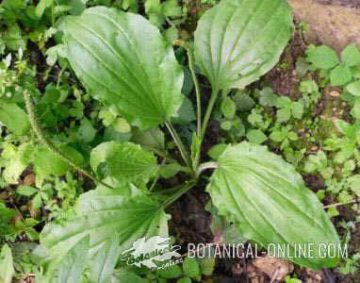
Plantain is an example of a perennial herb. Among these we can mention, for example, plantains (Plantago spp.) or plants of the genus Chrysanthemum, among them feverfew (Chrysanthemum parthenium) or tansy (Chrysanthemum vulgare)
- The development of other forms of plant reproduction: In addition to reproducing through seeds, perennial or perennial herbs also have the possibility of propagating from other forms that guarantee their survival. Among them we have:
- Perennial underground stems: Some have rhizomes, which are underground stems, from which new plants develop. As an example of this type of plants we would have bad plants that are very widespread in the fields such as Bermuda grass (Cynodon dactylon). The field thistle (Cirsium arvense) or the Johnson grass (Sorghum halepense) would be other weeds with very frequent underground stems. Among the cultivated flowers we could mention Kniphofias (Kniphofia sp) or dahlias (Dahlia spp.).
- Reeds are two clear examples of perennials that reproduce from powerful underground rhizomes. With this, they can colonize many places where water is abundant, such as swampy areas, river banks, streams, lagoons, swamps, etc.

Photo of reeds on the edge of a stream Reproductive creeping stems: Others have creeping stems, called stolons, that grow horizontally and produce roots and new plants. An example of this plant would be raspberries (Rubus spp.), strawberry (Fragaria vesca) or creeping buttercup (Ranunculus repens).
- Reproductive underground stems: Others have underground stems provided with buds, called bulbs, from which new plants grow. These types of herbs, also known as vivacious, although they lose the part of the plant that is born abroad every year, have the ability to develop new aerial parts from underground bulbs. As examples of this type of plants we have food plants such as onion (Allium cepa) or garlic (Allium sativum); cultivated flowers, such as cyclamen (Cyclamen persicum), common hyacinth (Hyacinthus orientalis) or tulip (Tulipa spp.), wild or cultivated plants such as lilies (Iris spp.) or wild garlic (Allium sphaerocephalon, Allium vineale, Allium roseum etc).
Survivability of perennial herbs
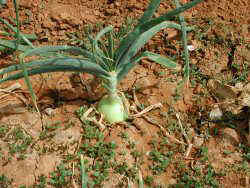
The survivability of perennial herbs is impressive, especially those with rhizomes, bulbs, or stolons. All this makes them a continuous pest for the farmer who has to use a lot of effort and economic means to eliminate them.
Main perennials
There are many perennial plants. In addition to the many trees and shrubs, we have all bulbous or rhizomatous and other lively herbaceous plants.
![]() More information on plant characteristics and types
More information on plant characteristics and types

